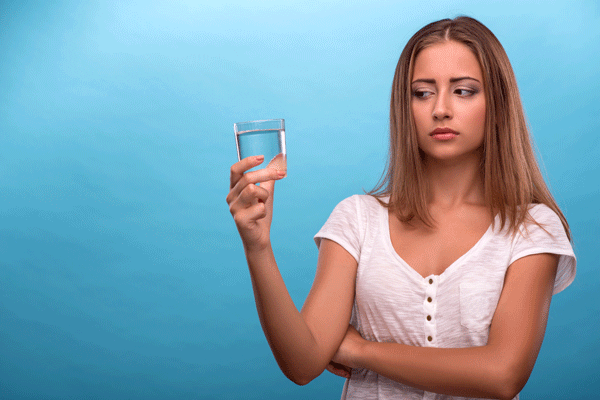J.D. Power released the 2017 Water Utility Residential Customer Satisfaction Study, which reports that nearly one-third (32%) of residential customers reported some type of water quality problem in the past year. Among the specific problems reported, low pressure, bad taste, discoloration and scaling/water hardness had the most significant negative effects on customer satisfaction.
“There is a significant need for major investment in water infrastructure nationwide and in order for the water utilities to be able to make that investment, getting the backing of their customers is going to be key,” said Andrew Heath, senior director of the utility practice for J.D. Power. “Understanding the voice of the customer—both in terms of what specific factors drive negative sentiment and which are most closely associated with positive performance—will be central to water utilities’ ability to achieve the customer support necessary to support the improvements they need.”
The study measures satisfaction among residential customers of 87 water utilities each delivering water to a population of at least 400,000 people and reported in four geographic regions: Midwest, Northeast, South and West. Overall satisfaction is measured by examining 33 attributes within six factors (listed in order of importance): delivery, price, conservation, billing and payment, communications, and customer service. Satisfaction is calculated on a 1,000-point scale.
The key findings of the study include:
- Bad taste and hard water have significant effects on satisfaction. Customers who experienced water quality problems had significantly lower delivery satisfaction scores than those who experienced no problems. Bad taste and scaling/water hardness were associated with a 129-index point decline in delivery satisfaction scores, while bad smell was associated with a 135-point decline, and discoloration was associated with a 115-point decline.
- Awareness of conservation and environmental initiatives increases satisfaction. When customers are aware of their utility’s conservation programs, conservation satisfaction scores leap to 711 versus 561 among those who have no awareness. Likewise, awareness of the utility’s efforts to improve the environment is associated with a conservation satisfaction score of 785 versus 634 among those who are unaware of such efforts.
- Communication and news media recall builds satisfying relationships. Water utilities that communicate with their customers are more likely to build satisfying customer relationships. Communications satisfaction score is higher when a customer recalls a communication in the last three months from their water utility than when they don’t recall a communication (714 versus 612, respectively). This trend also holds when customers recall hearing about their water utility in the news media (677) versus those who do not (637).
- Frequent communication maximizes satisfaction. Customers who recall receiving six or more communications from their water utility have communications satisfaction scores that are 203 points higher than those who do not recall receiving any direct communications.
- E-bill satisfaction is higher than paper bill satisfaction. Billing and payment satisfaction among the 30% of customers who receive their bill electronically is much higher than among those who receive a paper bill (788 versus 747, respectively).
The following utilities rank highest in customer satisfaction in their respective regions:
- Midwest – Saint Paul Regional Water Services,
- Northeast – NYC Environmental Protection,
- South – Miami-Dade County, and
- West – Seattle Public Utilities.
The 2017 Water Utility Residential Customer Satisfaction Study was fielded in four waves between June 2016 and March 2017.
